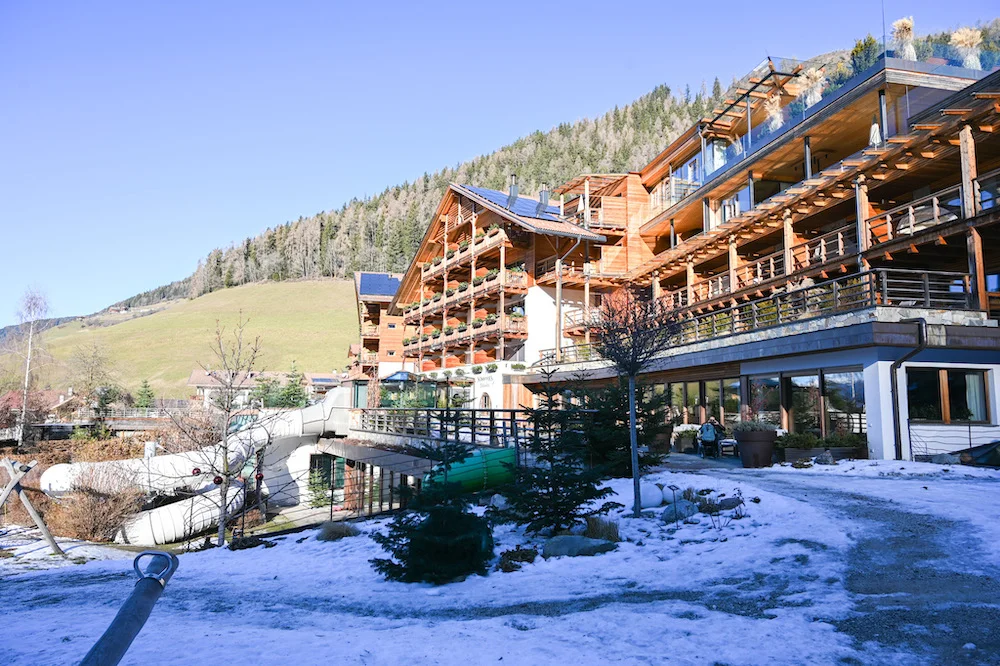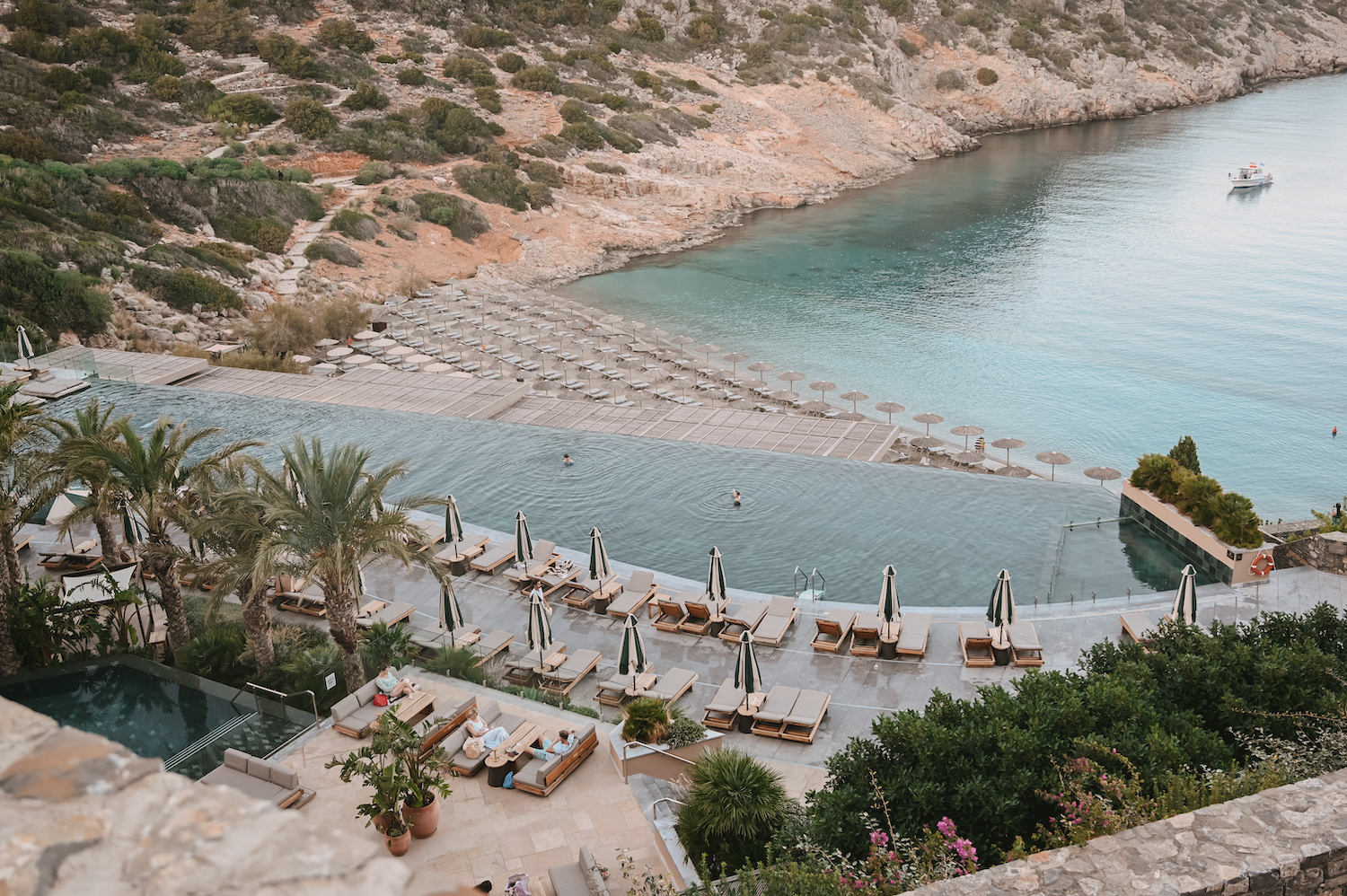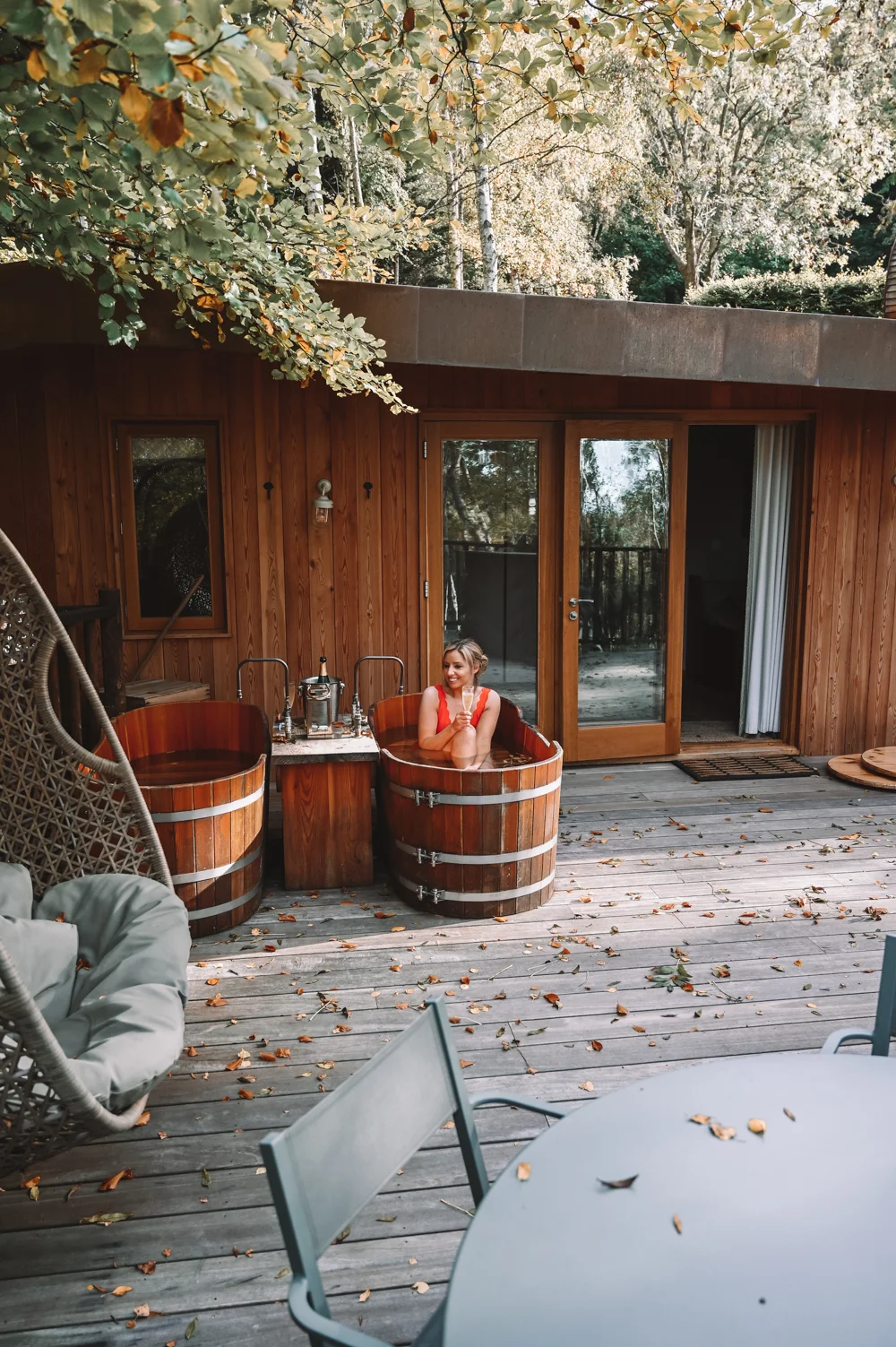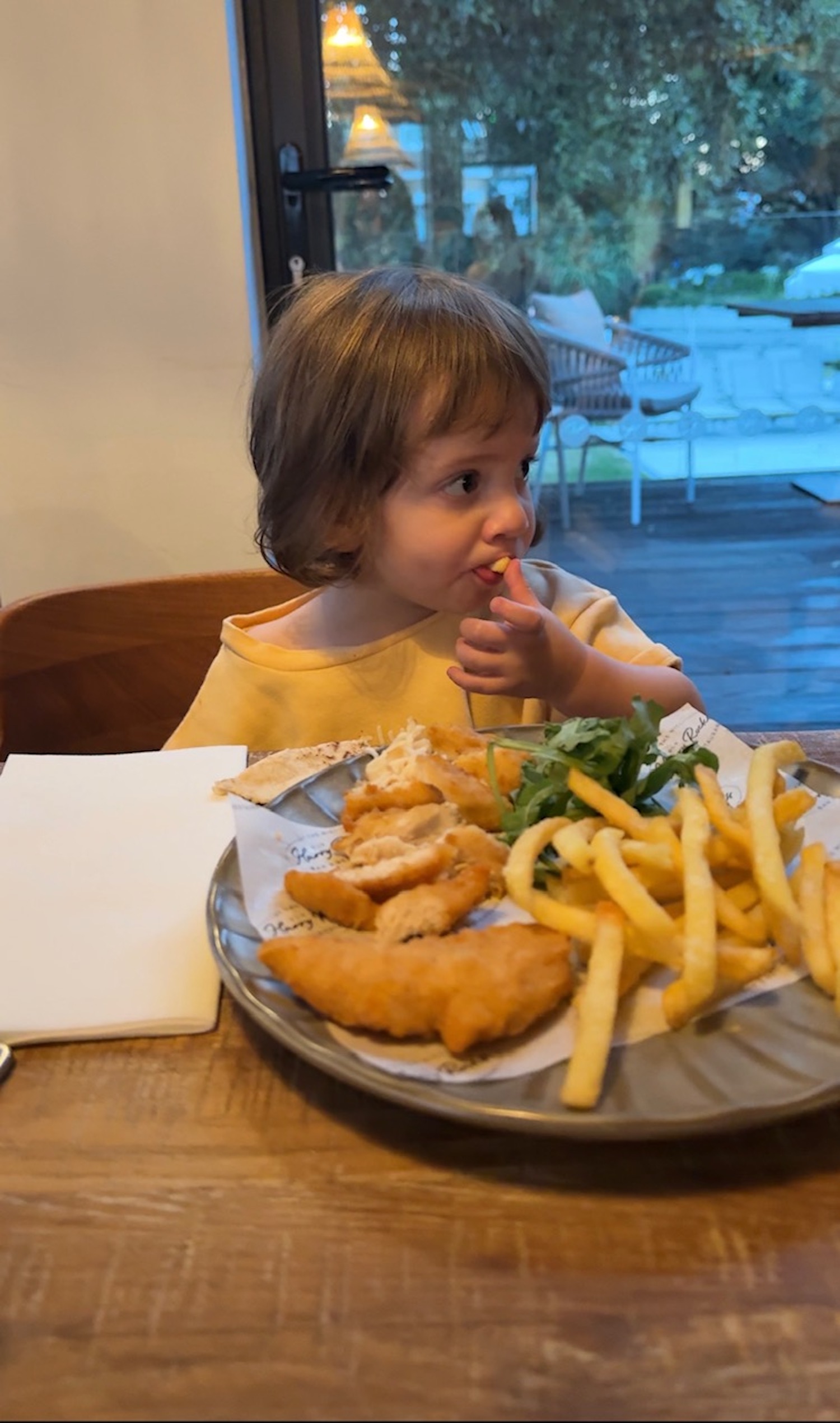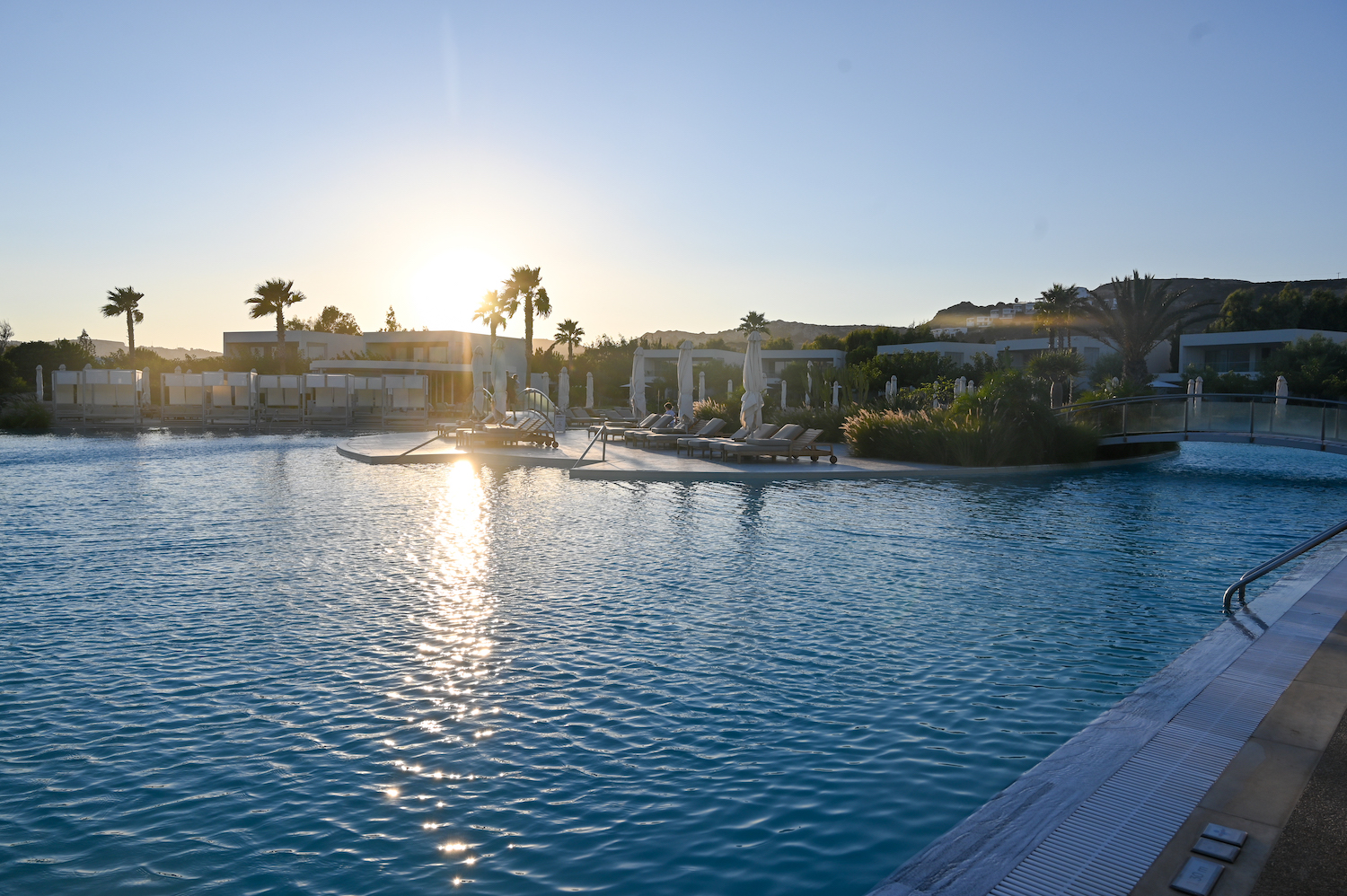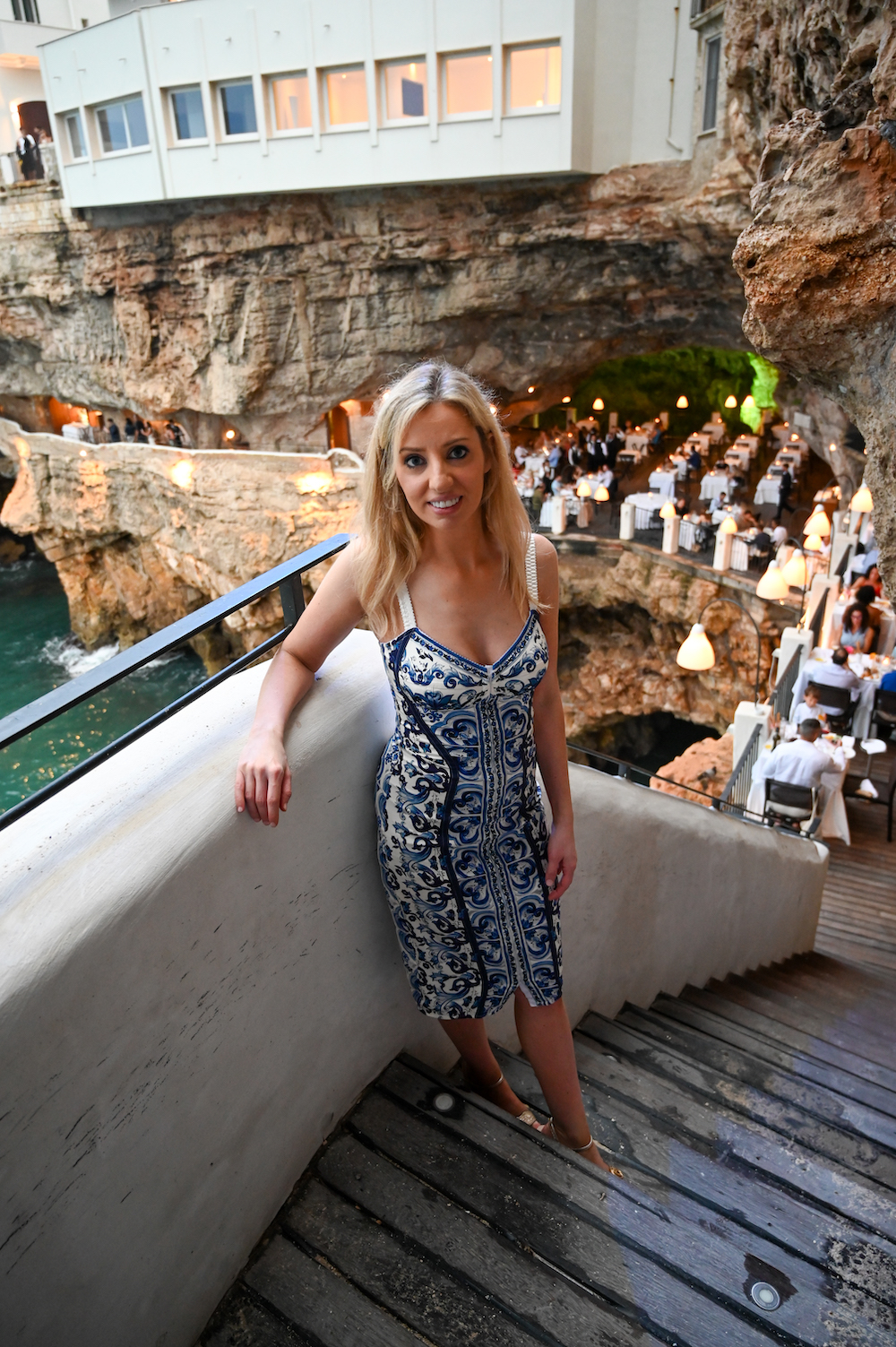
Did you know there’s a place with seven world-class wineries all two minutes walk apart? Haro in the La Rioja wine region has the highest concentration of esteemed hundred-year old wineries in the world. Sounds like heaven, right? Especially if you like very good red wine…
Built around a 19th century railway station, the Haro Station District is considered the birthplace of Rioja wine from when the Industrial Revolution allowed for wine to be transported by train rather than horse drawn carriages.

For one weekend a year these wineries, or bodegas as they are know in Spain, open their doors first for the press and trade and then for the general public. The unique Haro Station Wine Experience (La Cata del Barrio de la Esación) allows access to these historical wineries and of course the opportunity to try plenty of their delicious wine. 

In La Rioja for a press trip my companion for the day was Lucy, a fellow food and travel blogger who writes for Food Goblin. We were also fortunate enough to meet some wine experts from Decanter magazine who filled in any gaps in our knowledge about wineries and the region. Our first port of call happened to be Haro’s oldest winery, R. Lopez de Heredia Vina Tondonia which was founded in 1877 and remained in the family ever since. Founder Don Rafael, a enthusiastic wine student had fallen in love with the Rioja Alta region and knew it provided the perfect setting and ideal combination of soil and climate for producing exceptional wine.


With exclusive access to the cellars, we walked through the century old wineries and the highly atmospheric surrounding of the barrels ageing the wine. With 14,000 American Oak Barrels and 6,000 metres of cellar space you could easily get lost but the underground conditions provide the perfect temperature for the process.

Coming out of the slightly claustrophobic cellars we emerged to see this beautiful view of the Ebro river. Ok the weather wasn’t quite what I hoped for but the mountain views were absolutely stunning. Actually La Rioja is divided into three areas all with a unique version of Rioja wine. Rioja Alta (where we were) has a high elevation and is known for it’s ‘old world’ style of wine which is lighter and fruitier. Wine for the Rioja Alavesa region has a fuller body and higher acidity whereas Rioja Baja wine is more deep in colour with a higher alcohol content. Speaking of which, wasn’t it about time we tried some?

Extreme care is taken in the selection of the grapes and the ageing of the wine to ensure exceptional quality. I’d always associated Rioja with red wine but Vina Tonodia are very proud of their white wines which are aged in the oak for as long as the reds to give a taste of almonds, vanilla and walnut.
With the perfect juxtaposition of old and new, we then visited the district’s ‘youngest’ vineyard, Bodegas Roda.
Founded in 1987 this winery is younger than me, but that doesn’t mean less respect for for each vintage. Roda only use local varieties of red grapes, and wines are only produced from old vines. 
The result is four incredible wines which we were able to sample.
Next, it was time to once again travel back in time for our another tasting. 
Founded in 1890, La Rioja Alta was in my opinion the most beautiful of the bodegas.
The winery was actually founded by five families with a shared passion for wine and even today descendants of the family own shares in the company. The key to the quality of the wine is owning their own vineyard and they have 400 hectares located on some of the best soil in Rioja. At Rioja Alta, quality control is absolutely essential and they make their own American oak barrels, use cutting-edge technology and are devoted to researching for improvements. 
There’s also a strong dedication to wine tourism and this beautiful winery is open to the public and offers guided tastings of their distinctive wines. 


The final winery that I want to mention with more detail is Muga, the second youngest vineyard founded in 1932. Despite the youth of Muga, the facilities are actually two centuries old and constructed of stone and oak.


Muga is one of the few wineries to make their own barrels and the carefully sourced French and American oak gives the distinctive taste that is characteristic of their wines.


However, what excited me most about Muga was the Cava. While 95% of the famous Spanish sparkling wine comes from Catalonia it can also be produced in Rioja under the correct rules and regulations of producing Cava. I personally really enjoyed the refreshing Cava Conde de Haro and the Cava Conde de Haro Rosé that we tried at Muga. Wine tourism is also very much encouraged here with tours of the winery and vineyard as well as guided tastings.
The other three wineries on the circuit were Compañia Vinícola del Norte de España, Bodegas Gómez Cruzado and Bodegas Bilbaínas who all welcomed us with kind hospitality and copious wine!
With an hour and a half flight from London via Bilbao, a trip to Rioja and the Haro Station Wine Experience could perhaps be combined with a larger tour of foodie Spain. San Sebastian, only an hour away from Rioja, is the gastronomic capital of the country and definitely on my to-visit list.
Do you like Rioja wine? Have you ever been to La Rioja or one of the Spanish wine regions?
PIN FOR LATER:

I was hosted by the Haro Station Wine Experience.

